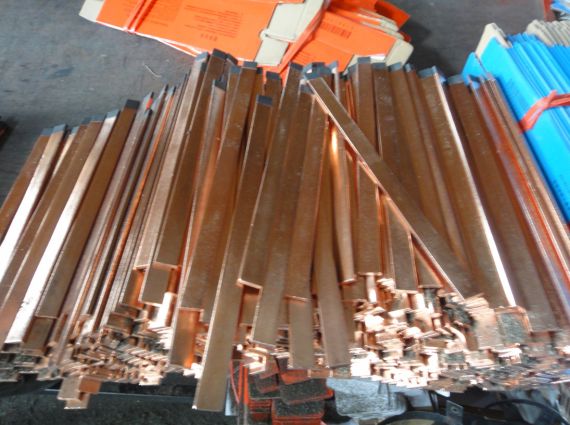How can you reduce the risk of noise and splashing? Advice on the selection of protective equipment.
When using carbon rods for related operations, it is crucial to reduce the risk of noise and splash. Here are some specific methods and suggestions for the selection of protective equipment:
Methods to reduce the risk of noise and splash
Optimize process parameters: Reasonably adjust parameters such as current, voltage and carbon rod feed speed. Excessive current may cause arc instability, which in turn generates loud noise and more splash, so the appropriate current value should be selected according to the specific working material and carbon rod specifications. At the same time, appropriately reducing the feed speed of the carbon rod will help stabilize the arc and reduce noise and splash.
Choose the right carbon rod: Carbon rods of different types and qualities will produce different noise and splash during use. Choosing carbon rods with good quality, uniform texture and good conductivity can make the arc burn more stable, thereby reducing noise and splashing. For example, some carbon rods with special additives may have better performance.
Improve the working environment: Keep the workplace clean and dry, and avoid working in an environment with strong winds. Strong winds will make the arc unstable and increase the possibility of noise and splashing. At the same time, proper sound insulation treatment of the working area, such as installing sound insulation boards, can also reduce the impact of noise on operators to a certain extent.
Recommendations for the selection of protective equipment
Welding mask: Choose a welding mask with good shading performance and clear vision. The shading number of the mask should be selected according to the welding current and the working environment. Generally, a mask with a shading number of 10-12 can be selected for carbon rod operations. A high-quality mask should also have good ventilation performance to prevent the operator from feeling uncomfortable due to stuffiness. In addition, some masks have an automatic dimming function, which can quickly adjust the shading degree at the moment of arc generation to protect the eyes from strong light stimulation. It also helps to observe the welding area and reduce operational errors caused by poor vision, thereby reducing the risk of spatter.
Protective clothing: Choose protective clothing made of fireproof and heat-insulating materials, such as work clothes made of leather or flame-retardant fibers. Protective clothing should have good sealing properties to prevent splashing sparks and slag from entering the clothes and protect the body from burns. The style of the clothes should be fitted and not hinder the operation. At the same time, attention should be paid to the breathability of the protective clothing to improve the comfort of the operator.
Protective gloves: Protective gloves should have good heat insulation, fire resistance and wear resistance. Generally, leather or fire-resistant gloves are used. The length of the gloves should cover the arm part to prevent splashes from contacting the wrist and arm. The size of the gloves should be appropriate, neither too tight to affect the flexibility of operation, nor too loose to cause easy falling off.
Goggles: In addition to the welding helmet, goggles should be worn as additional eye protection. Goggles can be selected with side protection, which can effectively prevent splashes from entering the eyes from the side. The lenses should be impact-resistant and can withstand a certain amount of impact without breaking, protecting the eyes from splashes and debris.
Earplugs or earmuffs: To protect hearing, earplugs or earmuffs should be worn. Earplugs are easy to carry and use, and can effectively block noise of a certain frequency; earmuffs can provide better sound insulation, especially for noisy working environments. When choosing, it should be determined according to the noise intensity of the working environment. Generally, if the noise is between 85-100dB (A), ordinary earplugs can be selected; if the noise exceeds 100dB (A), it is recommended to wear earmuffs.

Contact: admin
Phone: +86-13665233012
E-mail: service@weldmaterial.com
Add: Huanghua Industrial park, Jiangdu City, Yangzhou , Jiangsu Provicne, China.